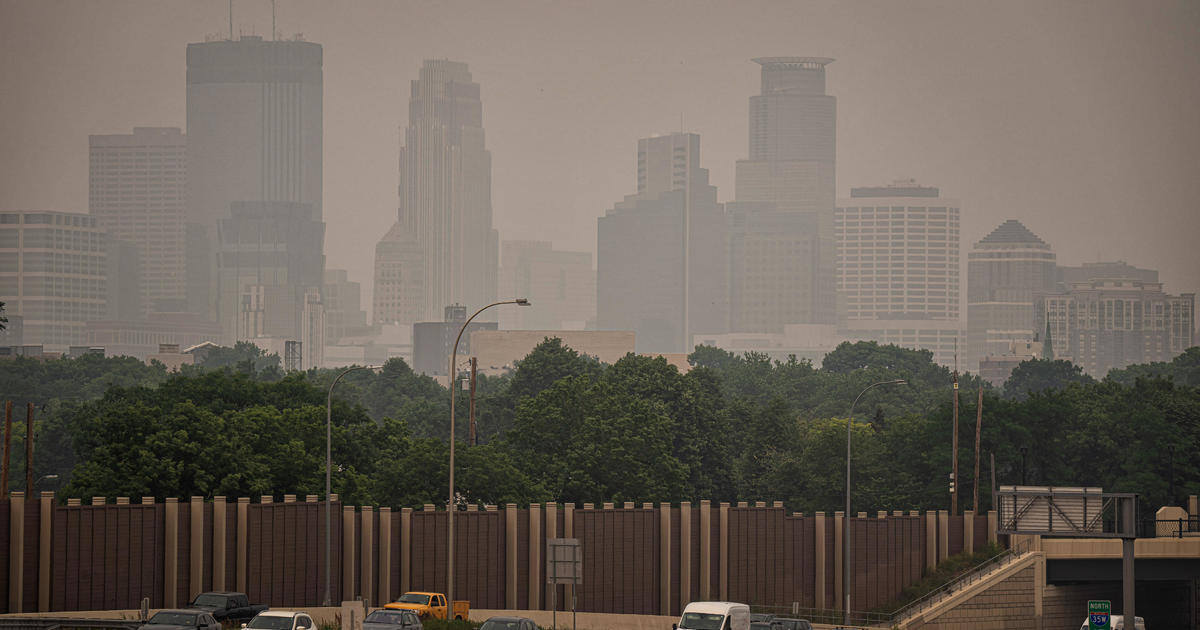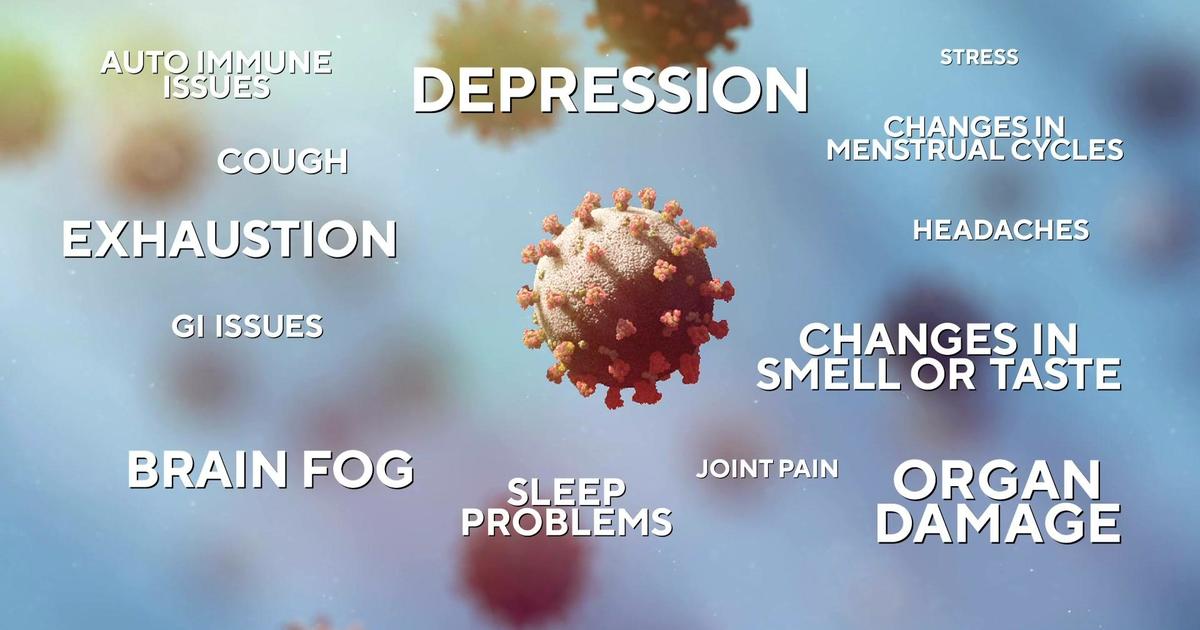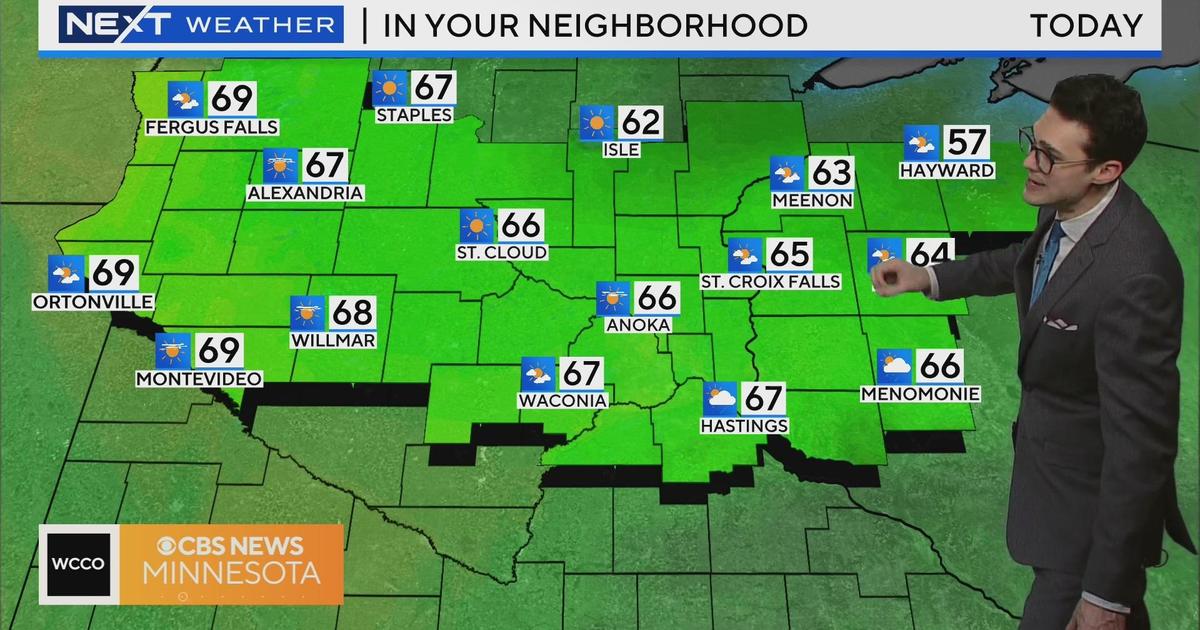How can wildfire smoke travel so far?
MINNEAPOLIS – As wildfires keep burning in Canada, hazy skies will soon return to Minnesota.
The Minnesota Pollution Control Agency (MPCA) issued a new air quality alert Tuesday for northern Minnesota and the Twin Cities due to smoke and ozone in the atmosphere. It's a problem much of America faces this summer.
Subtle blue skies hung over the buildings in downtown Minneapolis Tuesday, a far cry from the gross, gray, bad-for-your-health blend people experienced in May.
MORE: Smoke from Canadian wildfires could pose problems in Minnesota all summer long, MPCA says
Wildfires have been sending smoke southwards, disturbing the air quality in American cities often hundreds of miles away.
So, how can wildfire smoke travel so far? WCCO News spoke with David Brown, an MPCA air quality meteorologist.
"I think the main thing that we're dealing with is just the sheer amount of smoke that's produced by these fires," Brown said. "A large wildfire can emit the same amount of fine particles in a day that like a coal-fired power plant might generate in an entire year."
The smoke can reach heights as high as 5 miles into the atmosphere where thunderstorms form.
Once it's up in the atmosphere, why doesn't it dissipate?
"That air up there is usually pretty stable," said Brown, describing the high-altitude air as calm. The smoke doesn't spread out when there's a lack of turbulence. "Those smoke plumes can hold together and they kind of look like ribbons or bands as they move through the atmosphere with the swirling of the winds."
From there, jet streams carry the smoke at times thousands of miles. Brown recalls instances of Canadian wildfire smoke reaching the Gulf Coast of Texas.
"It certainly is conceivable that it could go maybe halfway, quarter way around the globe," he said.
In September 2020, wildfire smoke from California reached as far as the Netherlands in Europe, traveling nearly 5,500 miles. Weather fronts then pull the smoke down from the atmosphere, creating those sunsets bursting with color.
But what we saw on the East Coast last week, when New York City carried an orange glow, and in the summer of 2021 in Minnesota, was different.
"Instead of that smoke getting lofted really high up in the atmosphere, that weather system or that cold front will come through and pass by the fire," Brown said.
MORE: Amid "dangerous time for wildfires," DNR issues burning restrictions in northeastern Minnesota
The air behind a cold front is dense and calm. Brown described it as lava slowly flowing down a mountain.
"If we get smoke trapped in that [cold front air], that can cause that smoke to stay really, really heavy, very close to the ground," he said.
The distance smoke travels in these cases is shorter, but the impact on our lungs feels greater.
The wildfires burning in Canada are having an impact as far as Norway. Folks there have experienced hazy skies and smelled smoke.





